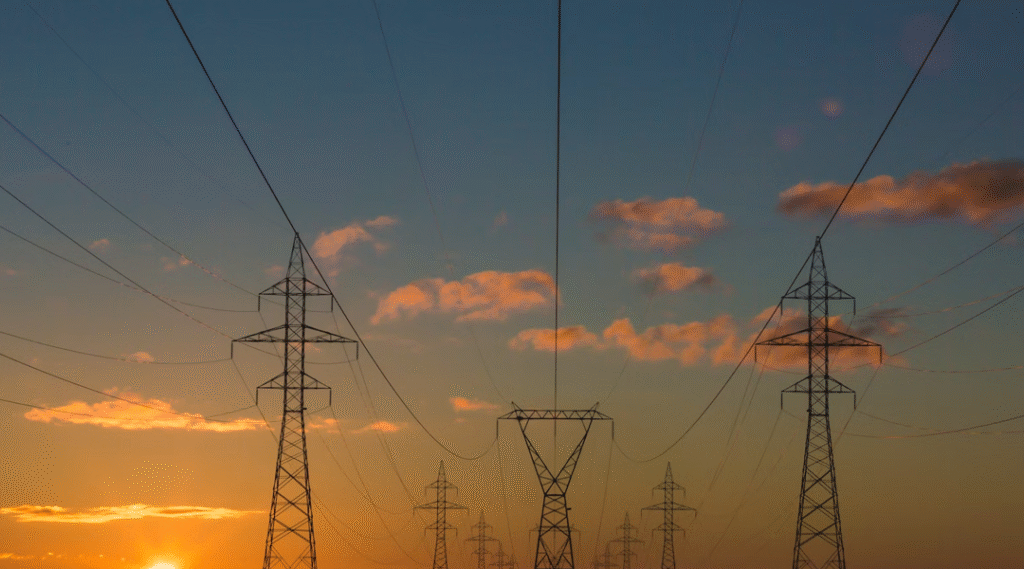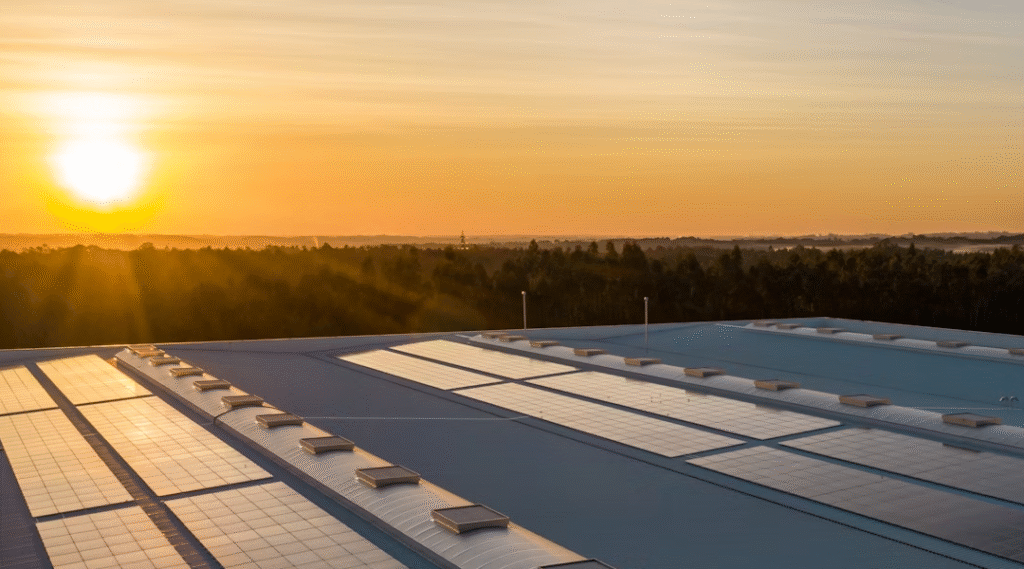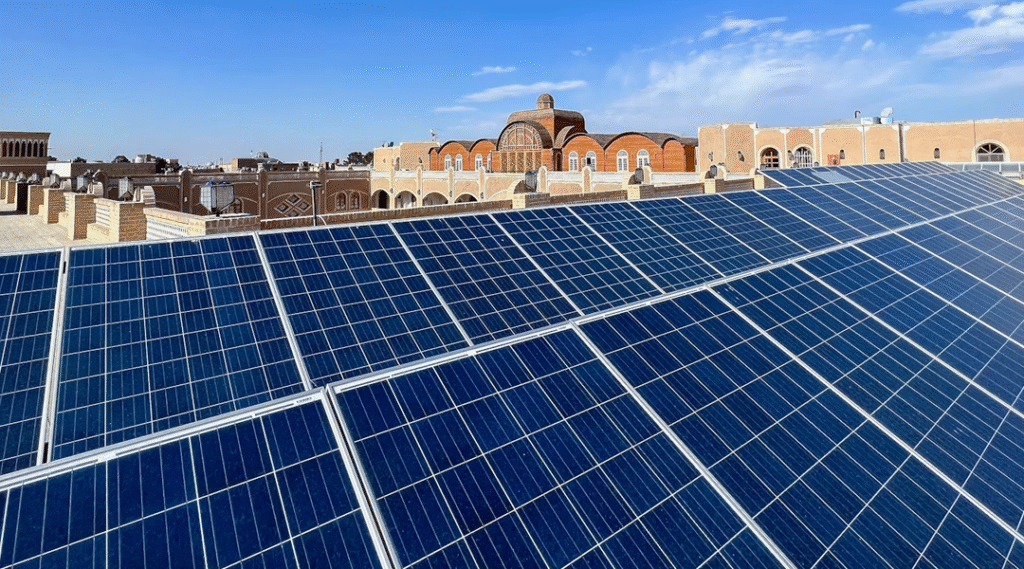The transition to a low‑carbon energy system hinges not only on the proliferation of renewable generation but equally on our ability to store and flexibly dispatch that power. Article #6 delves into the technologies, applications, and system‑level solutions that are reshaping how electricity is balanced, managed, and delivered. We explore mature and emerging storage chemistries, long‑duration options, and the grid‑side innovations—smart grids, demand response and microgrids—essential for unlocking 100% renewable penetration.
1. Battery Chemistries: Foundations of Short‑Term Storage
Lithium‑Ion Batteries remain the workhorse of modern storage. Their high energy density, fast response times (<100 ms) and rapidly declining costs (down ~85% since 2010) make them the default choice for both front‑of‑meter installations and behind‑the‑meter home systems. However, challenges around supply chain constraints (notably cobalt and nickel), thermal runaway risks and end‑of‑life recycling underscore the need for diversification.
Flow Batteries, particularly vanadium redox flow, decouple energy capacity (liquid electrolyte volume) from power rating (cell stack size), allowing modular scaling from hours to multiple days of storage. They boast up to 25,000 full‑depth charge/discharge cycles and intrinsic safety, though their lower round‑trip efficiency (65–75%) and relatively high upfront costs have limited widespread adoption. Active R&D into organic and hybrid flow chemistries aims to reduce system footprint and improve economics.
Solid‑State Batteries represent the next frontier. By replacing liquid electrolytes with solid ceramics or polymers, they promise higher energy density, faster charging and improved safety. While prototypes are demonstrating 2–3× the volumetric density of conventional Li‑ion, commercialization hurdles—manufacturing scale, interface stability and cost—mean solid‑state systems are still several years from grid deployment.
2. Long‑Duration Storage: Bridging Days and Seasons
As solar and wind continue to grow, the need for durability beyond diurnal cycles becomes critical.
Compressed Air Energy Storage (CAES) uses off‑peak electricity to compress air into underground caverns. Upon release, the expanding air drives turbines to generate power. Advanced adiabatic CAES captures and reuses the heat of compression, boosting round‑trip efficiency to 60–70%. Sites in the U.S. and Europe demonstrate multi‑hour discharge (8–12 h), but geological siting constraints limit universal applicability.
Gravity Storage leverages regenerative braking concepts at utility scale—lifting and lowering heavy masses (e.g., concrete blocks or trains on inclined tracks) to store potential energy. Companies are piloting 20–50 MW plants with four–six hours of capacity. Gravity systems boast long lifespans (20+ years), minimal environmental footprint and near‑100% efficiency in kinetic‑to‑electric conversion, though site footprint and upfront civil engineering cost remain hurdles.
Hydrogen Storage & Power‑to‑Gas offers seasonal flexibility. Surplus electricity electrolyzes water into green hydrogen, which can be stored in tanks or salt caverns for months. When reconverted in fuel cells or turbines, hydrogen can supply grid power, heating or transport fuel. Although round‑trip efficiency is low (25–45%), the versatility of hydrogen as both energy carrier and industrial feedstock underpins significant investment in Power‑to‑X projects.
3. Smart Grids & Demand Response: The Digital Backbone
Traditional electricity networks operated on unidirectional flows—central power plant to consumer. Modern smart grids employ bi‑directional communication, advanced sensors and real‑time analytics to balance supply and demand dynamically. Phasor measurement units (PMUs) provide sub‑second grid visibility, enabling operators to detect and correct imbalances before they cascade.
Automated Demand Response (ADR) platforms allow large consumers—manufacturers, data centers, commercial buildings—to adjust load in response to price signals or grid stress. Aggregators pool small‑scale resources (HVAC systems, electric vehicle charging stations, industrial processes) to deliver “virtual power plants” that can bid into wholesale markets, providing ancillary services such as frequency regulation.
Local Energy Markets are emerging in some regions, where prosumers trade surplus solar or storage capacity peer‑to‑peer. Blockchain pilots in Europe and North America demonstrate transparent, low‑friction transactions, incentivizing distributed resources to support grid reliability.
4. Microgrids: Resilience and Localization
A microgrid is a self‑contained energy system—often integrating solar PV, storage and controllable loads—that can operate connected to the main grid or in islanded mode. Microgrids enhance resilience during extreme weather, cyber‑attacks or transmission failures by maintaining critical loads (hospitals, communication towers, water treatment).
Rural electrification projects in emerging markets leverage microgrids to bring reliable power where transmission infrastructure is lacking. In urban settings, campuses and military bases deploy advanced controls to optimize both cost and reliability, using predictive algorithms that forecast generation, load and market prices.
5. Path Forward: Integrating Storage at Scale
Achieving deep decarbonization will require gigawatt‑scale deployments of each storage technology, coordinated through sophisticated grid orchestration platforms. Regulatory reforms—such as recognizing the full value stack of storage (energy, capacity, ancillary services, deferred transmission)—are essential to unlock investment. Meanwhile, continued cost declines in batteries, innovation in long‑duration systems and expansion of smart‑grid capabilities will drive the clean‑energy transition from intermittent dreams to 24/7 reality.
In summary, the marriage of advanced storage chemistries, expansive long‑duration solutions and digital grid integration forms the backbone of a resilient, flexible and carbon‑free electricity system. As these technologies mature and scale, they will not only absorb the ebb and flow of renewables but also empower consumers, bolster reliability and pave the way toward a truly sustainable energy future.
All articles for this special edition-Clean Energy:
(#1) The State of the Global Clean Energy Transition
(#2) Solar Power: Illuminating the Path from Rooftops to Utility-Scale Farms
(#3) Wind Energy: Onshore, Offshore & Beyond
(#4) Harnessing the Depths and Tides: A Deep Dive into Hydro, Marine & Geothermal Energy
(#5) Bioenergy & Waste‑to‑Energy: Turning Organic Residues into Renewable Power
(#6) Energy Storage & Grid Integration: Powering the Future of Clean Energy
(#7) Economics, Financing & Business Models in the Clean‑Energy Transition
(#8) Designing the Rules: Policy, Regulation, and Market Design in the Clean‑Energy Era
(#9) Environmental & Social Impacts of the Clean‑Energy Transition
(#10) Next‑Generation Clean‑Energy Innovations & the Road Ahead
As for in-depth insight articles about AI tech, please visit our AI Tech Category here.
As for in-depth insight articles about Auto Tech, please visit our Auto Tech Category here.
As for in-depth insight articles about Smart IoT, please visit our Smart IoT Category here.
As for in-depth insight articles about Energy, please visit our Energy Category here.
If you want to save time for high-quality reading, please visit our Editors’ Pick here.



